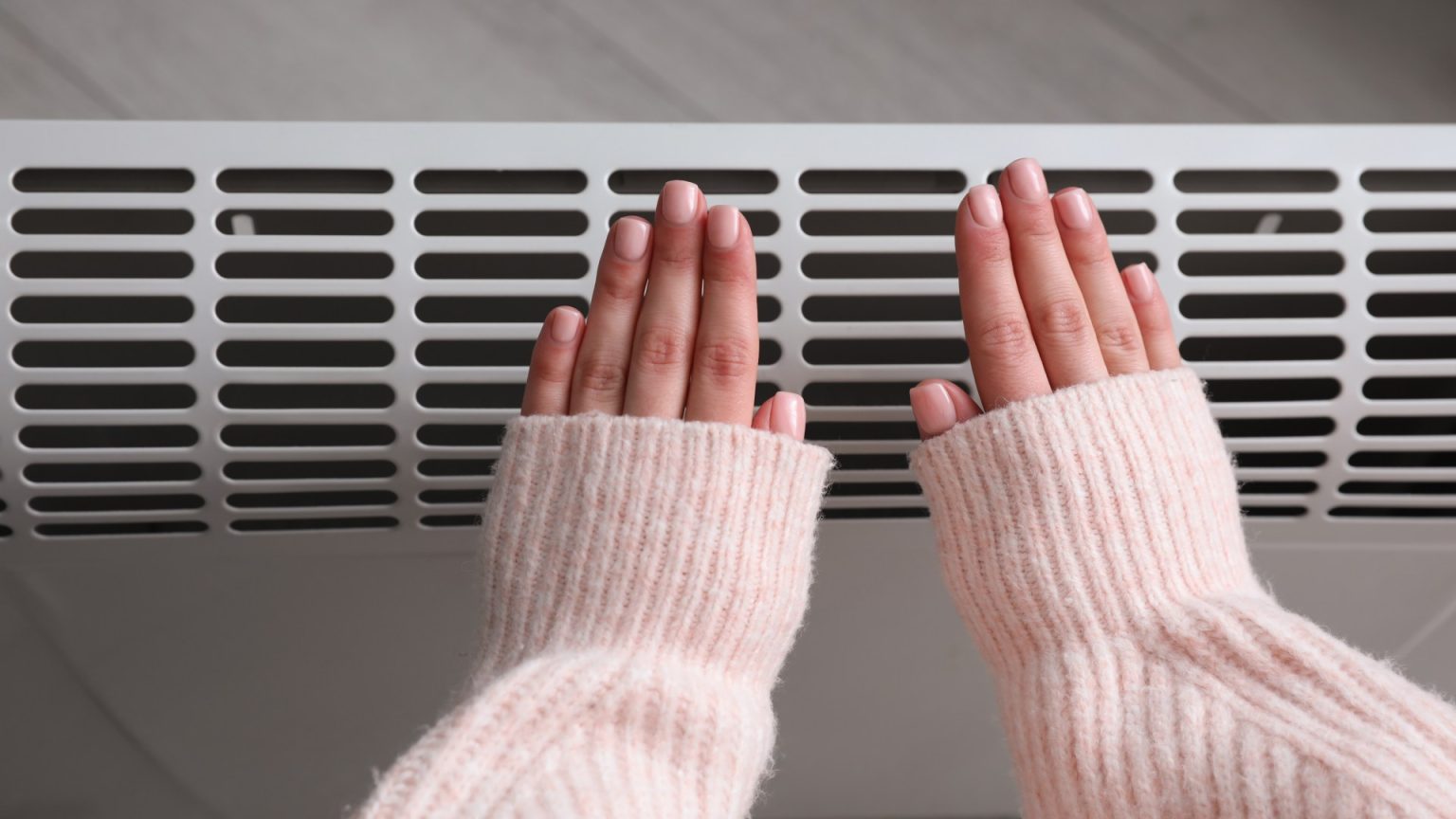The rising cost of energy has prompted many households to consider alternatives to central heating, with electric heaters often touted as a potentially cheaper option. While the initial purchase price of an electric heater is typically low, the long-term cost-effectiveness compared to central heating isn’t always clear-cut. Electric heaters, particularly convection heaters, work by converting electricity into heat through a resistor, providing localized warmth. While this direct heat can feel more efficient, particularly when heating only the occupied room, it doesn’t effectively maintain a stable temperature throughout the house. Central heating, while potentially more expensive to run overall, is designed to heat the entire home, providing more consistent and lasting warmth. Therefore, while an electric heater might be cheaper for short bursts of heat in a small area, central heating generally proves more economical for heating a whole house over longer periods.
The actual running cost of an electric heater depends on several factors, including the heater’s power rating (measured in kilowatts) and the duration of use. The current energy price cap dictates the cost per kilowatt-hour (kWh), allowing for calculations based on individual heater usage. For example, a 2kWh heater run for an hour a day would cost a significant amount annually, but this cost is naturally impacted by the actual usage time. This cost analysis highlights the importance of evaluating current heating expenses and comparing them to the projected cost of running electric heaters. Consumers should calculate their current energy usage by multiplying the power rating of their appliances by the cost per kWh and the duration of use, then compare this to the potential cost of using electric heaters. Alternative heating solutions, like log burners or electric blankets, might offer further cost savings.
Beyond cost considerations, safety is paramount when using electric heaters. Their exposed heating elements pose a fire risk if they come into contact with flammable materials. Several safety precautions are crucial: placing the heater on a level surface away from flammable objects, never using it to dry clothes, avoiding unattended use, especially overnight, refraining from powering it through extension leads, regularly checking for damage, purchasing from reputable sources, and ensuring the appliance is registered and not recalled. Maintaining a working smoke alarm is also essential.
There are several ways to stay warm without relying solely on central heating or electric heaters. Setting the central heating timer to operate for a few hours in the evening and an hour before waking can be more efficient than continuous heating. Layering clothing and using a thick duvet can also significantly improve warmth retention at night. Electric blankets offer a low-cost alternative for warming the bed. Hot water bottles provide localized warmth, although the cost of heating the water should be factored in. If central heating is used, turning off radiators in unoccupied rooms saves energy.
Beyond individual heating choices, several other strategies can minimize energy costs. Draught-proofing windows and doors prevents heat loss, as does closing curtains. Loft insulation plays a crucial role in heat retention and can significantly reduce heating bills. Insulation is readily available from builders’ merchants and DIY retailers. These preventative measures can significantly reduce the need for extensive heating, leading to lower energy bills.
For households struggling with energy bills, various support options exist. Contacting energy suppliers to discuss repayment plans can prevent escalating debt and the potential installation of prepayment meters. Negotiating affordable repayment terms is essential. Many energy companies offer grants to vulnerable customers, although eligibility criteria and grant amounts vary. Checking with individual suppliers for available assistance is recommended. The Priority Services Register (PSR) provides additional support and protections for vulnerable households, including advance warnings of blackouts and free gas safety checks. Enrolling in the PSR can offer significant benefits for eligible individuals.
Calculating your energy bill requires understanding your unit rate for gas and electricity, the standing charge for each fuel type, and your annual energy usage. The unit rate (p/kWh) and the daily standing charge are typically found on your bill. Multiplying your usage in kWh by the unit rate gives your usage cost. Multiplying each standing charge by 365 and adding it to the usage cost provides the annual cost. Dividing the annual cost by 12 gives the estimated monthly payment. This calculation allows for informed budgeting and monitoring of energy expenses. By understanding these calculations and exploring the various options available, households can effectively manage their energy consumption and costs.











